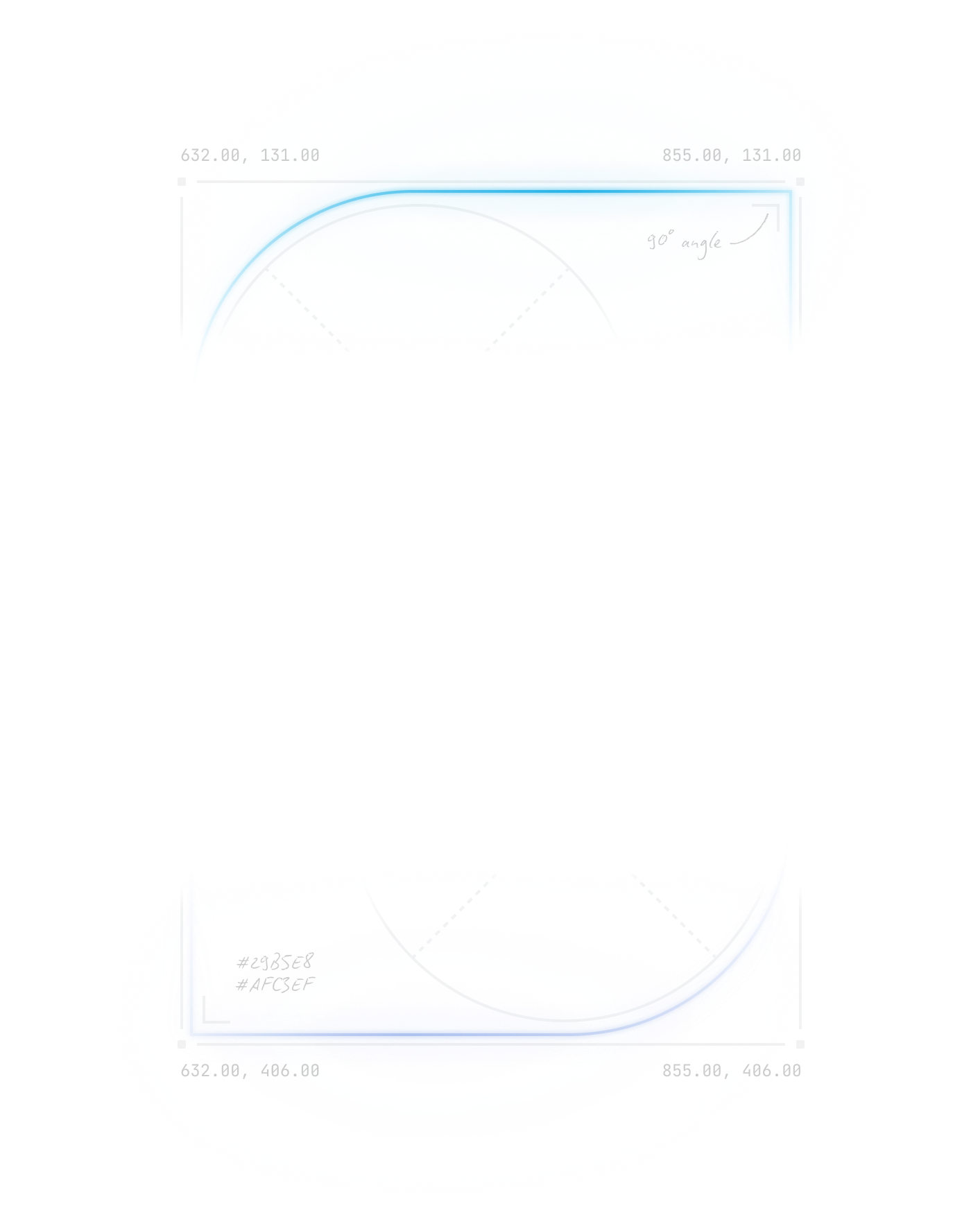

Security at SELECT


Information Security
A Message From SELECT’s CTO
SELECT takes security seriously as we handle Snowflake metadata for our customers. Our approach to security spans our security model to our operational practices. This below pages detail our security practices, and outlines our approach to continuously enhance the security of our systems.
Niall WoodwardCo-founder & CTO
Contact us
For additional information, or to discuss security related questions, do not hesitate to contact us at [email protected].
Contact usSecurity Operations
Understand our team’s expertise, operational practices, and security controls.
Learn moreSecurity Model & Architecture
Our security architecture and how we access only the metadata you explicitly share.
Learn moreSecurity Controls
Learn about some of our security controls including infrastructure, authentication methods, and encryption practices.
Learn more